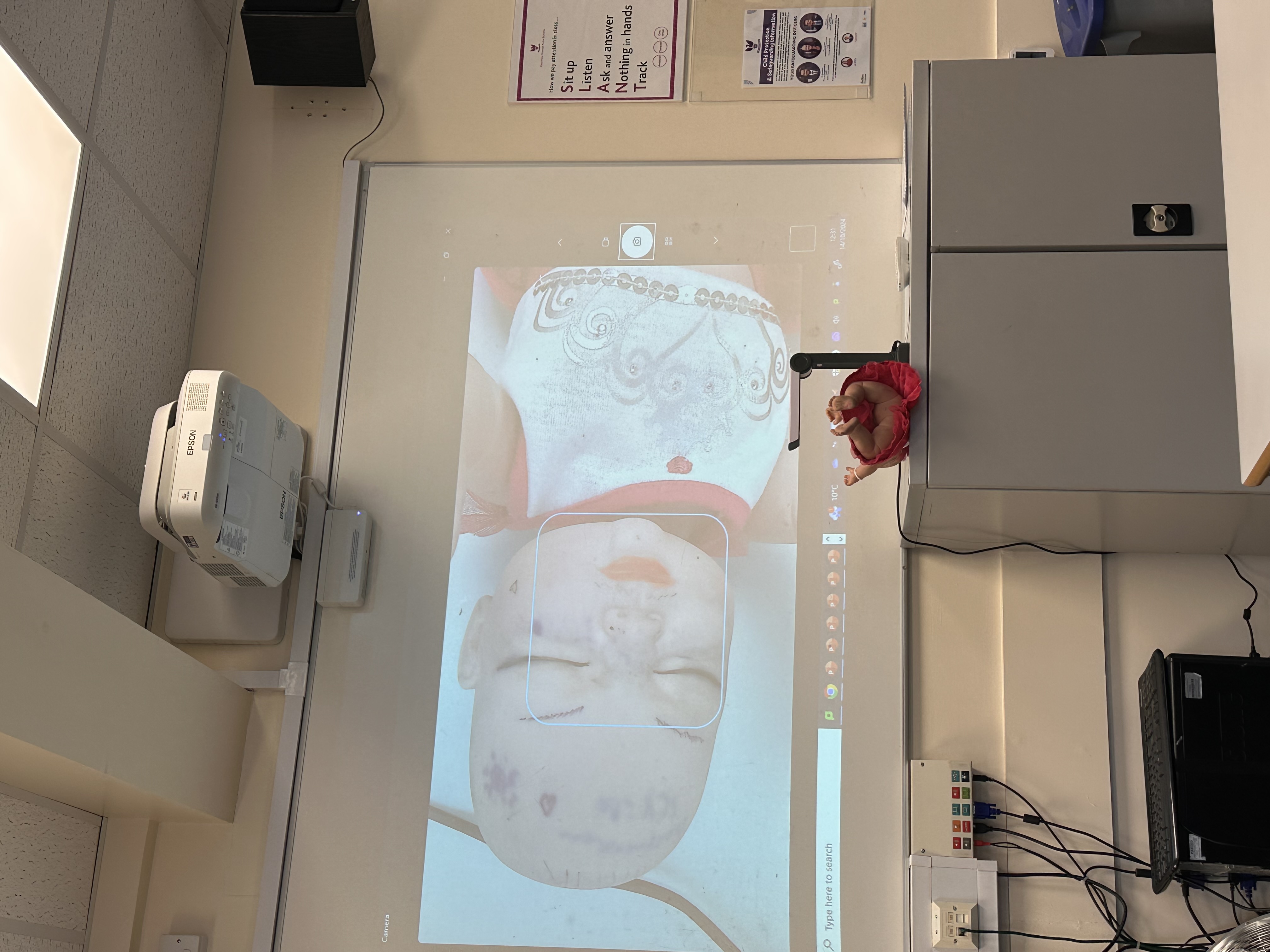Forensic
Subdecks (1)
Cards (135)
- Offender profiling
- The top-down approach to offender profiling
- What is a key characteristic of an organised offender's ways of working?
- How does an organised offender typically control the crime scene?
- What does it indicate if an organised offender targets their victim in advance?
- What social characteristics are common among organised offenders?
- What is a typical family situation for organised offenders?
- What psychological characteristic is common among organised offenders?
- What type of profession do organised offenders typically work in?
- What is a key characteristic of a disorganised offender's ways of working?
- How does a disorganised offender typically control the crime scene?
- What does it indicate if a disorganised offender has a random victim selection?
- What social characteristics are common among disorganised offenders?
- What might a disorganised offender's relationship history indicate?
- What psychological characteristic is common among disorganised offenders?
- What type of profession do disorganised offenders typically work in?
- What are the main differences between organised and disorganised offenders in terms of planning and control?
- What are the social and psychological characteristics of organised versus disorganised offenders?
- What are the two categories of offenders in profiling?
- How does a profiler determine if an offender is organised or disorganised?
- What factors does a profiler consider when categorising an offender?
- What does an offender profile summarise?
- What social characteristics might be included in an offender profile?
- What psychological characteristic might be included in an offender profile?
- What demographic background factors are considered in an offender profile?
- What is the bottom-up approach to offender profiling?
- How does the bottom-up approach differ from the top-down approach?
- What is the first step in the bottom-up approach?
- What is investigative psychology in the context of the bottom-up approach?
- How does investigative psychology make predictions about offenders?
- What might indicate that a series of unsolved offenses are linked?
- What assumption does the bottom-up approach make about offenders?
- What are the key features of the bottom-up approach to offender profiling?
- What is a strength of the bottom-up approach to offender profiling?
- Why is the bottom-up approach considered more scientific than the top-down approach?
- How does the bottom-up approach improve objectivity in offender profiling?
- What is a limitation of the bottom-up approach when profiling rare crimes?
- What happens if there is a lack of pre-existing data on similar crimes?
- Why can comparisons between crimes be difficult in the bottom-up approach?
- How does the type of theft affect behavior patterns in the bottom-up approach?
